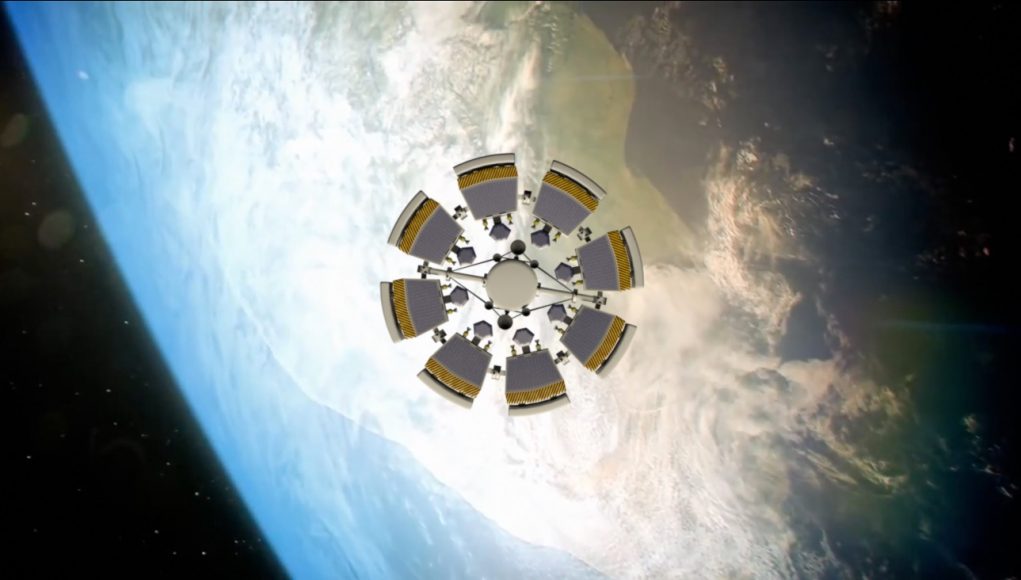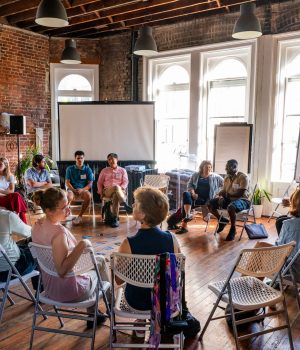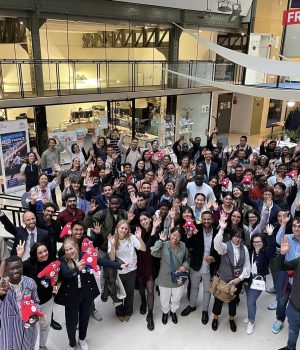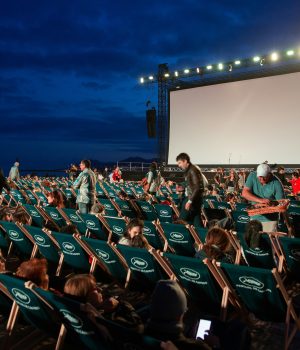Deadline: March 1, 2017 | Apply here
Dates: May 25-29, 2017
Eligibility: All students up to 12th grade (18 years old) from anywhere in the world
Prize: USD 3,000,-
The space settlement submission being placed on the NASA Ames World Wide Web site
Location: St. Louis, USA
NASA Ames Space Settlement Contest
This annual contest, co-operated by NASA Ames Research Center, San Jose State University, and the National Space Society (NSS) is for all students up to 12th grade (18 years old) from anywhere in the world.
Individuals, small teams of two to five, and large teams of six or more are judged separately. Entries are also grouped by age/grade of the oldest contestant for judging.
Prizes
The best submission, regardless of category, wins the grand prize, consisting of the space settlement submission being placed on the NASA Ames World Wide Website.
The National Space Society (NSS) invites all 2017 contest participants to attend the NSS 36rd annual International Space Development Conference (ISDC) in St. Louis, USA May 25-29, 2017.
Every year, hundreds of contestants attend, along with their parents, teachers, siblings and friends. Special activities for contestants are planned, including:
- The single highest scoring team or individual attending will receive the $3,000 NSS Bruce M. Clark, Jr. Memorial Space Settlement Award. If a team wins, the funds will be evenly divided amongst them.
- The highest ranking winners attending will be invited to give oral presentations as time is available.
- To the extent space is available, all contestants who attend will be invited to display a poster of their work.
- Special sessions are arranged for contestants, teachers, parents, etc.
Nonetheless, this is a tremendous opportunity to present your work, meet some of the most important people in space development as well as your fellow contestants, and have a great time.
Contestants are responsible for all travel arrangements and costs, visas and conference expenses. Also, minors (children under 18) must be accompanied by a responsible adult (21 years or older).
Students from outside of U.S. planning on attending the ISDC should apply as soon as possible for a passport and (if necessary) a visa. It may take some time (months) to acquire them. If you need a letter of invitation, please use this form.
Contest categories
- 7th grade and under: individual, small group, large group
- 8th grade: individual, small group, large group
- 9th grade: individual, small group, large group
- 10th grade: individual, small group, large group
- 11th grade: individual, small group, large group
- 12th grade: individual, small group, large group
Additional categories based on artistic and literary merit are also included in the contest.
Contestants give NASA the right to publish their submissions without restriction as a condition for entering the contest.
Rules
- Submissions must relate to orbital settlements.
- Settlements may not be on a planet or moon.
- Settlements must be permanent, relatively self-sufficient homes, not temporary work camps.
- Submissions may focus on one or a few aspects of space settlement and support systems, including mines, activities leading up to settlement (such as space hotels), economic and social issues, etc.
- Designs, original research, essays, stories, models, artwork or any other orbital space settlement related materials may be submitted.
- Submissions must be made in hard copy. No electronic submissions are accepted under any circumstances. This includes PowerPoint presentations, discs, CD’s, DVD, videos or anything but paper.
- NASA does not return contestant submissions. However, you may create an electronic project, such as a video or website, and send a hard copy description of the project.
- The description should include images and text to describe the project in sufficient detail for judgement.
- If your electronic project is web accessible, you may include the URL. It will not be used for judging, but NASA may, at its discretion, link to your project from the contest results page.
- Two copies of the entry form with the appropriate information must be included with the submission; one firmly attached to the submission and one loosely attached (for example, with a paper clip).
- The submission must be the student’s own work. Plagiarism is forbidden. No part of an entry may copy with one exception: You may quote short passages, but only if the material is surrounded by double quotes (“) and the source indicated.
- Quoted materials should rarely be more than a few lines, and never longer than a few paragraphs. Quoting long passages is forbidden. Entries caught plagiarising, even one part of a large entry will be disqualified and disposed of.
- Instructors, mentors or parents may assist the student by presenting relevant resources, discussing core concepts and minor editing, but the work itself must be entirely student driven.
- Always include a bibliography.
- Submissions are not returned. Keep a copy for yourself.
Submission
Send a hard copy of your entry and two hard copies of a filled out entry form (one firmly attached to your entry and the other loosely attached, perhaps with a paper clip) to:
NASA Ames Research Center
Al Globus/Mail Stop 262-4
Bldg. 262, Rm. 277
Moffett Field, CA 94035-0001
USA
Entries must arrive by March 1, 2017.
For more business and career opportunities, check our opportunities section and subscribe to our weekly newsletters.






